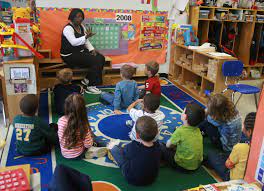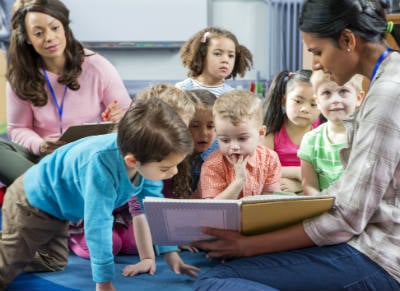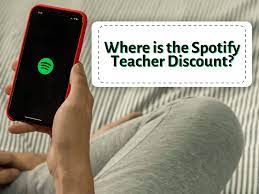Introduction
The landscape of higher education is ever-evolving, and postgraduate study is no exception. In an increasingly dynamic and competitive job market, having a specialized skill set has become crucial for career advancement. The rise of flexible approaches to postgraduate study is addressing these demands and offering more accessible alternatives to traditional master’s and doctoral programs.
Key Elements of Flexible Postgraduate Study
1. Online Learning Platforms: Technology has redefined the way knowledge is consumed, enabling more people to access advanced learning opportunities. Utilizing online platforms such as Massive Open Online Courses (MOOCs) or specialized providers allows learners to self-direct their postgraduate studies and choose from an array of courses across disciplines.
2. Modular Courses: This approach divides broader topics into smaller, manageable units or modules. Students can cherry-pick specific modules reflecting their interests or career aspirations, allowing them to tailor their studies to their needs.
3. Part-time Programs: Combining studies with other commitments can be a challenge for many students. Part-time programs offer flexibility by reducing course loads and allowing learners to balance work, family or other responsibilities with their studies.
4. Accelerated Degree Programs: These intensive courses enable learners to fast-track their postgraduate studies by completing degree requirements in a shorter time frame compared to traditional full-time programs.
5. Blended Learning: With the incorporation of both online and in-person instruction within a single course, blended learning offers the best of both worlds – the accessibility of online learning and the personal interaction offered by face-to-face classes.
Benefits of Flexible Postgraduate Study
1. Personalization: By offering learners the opportunity to tailor their studies based on personal interests, flexible postgraduate programs foster growth and development that more closely aligns with career goals.
2. Cost-effectiveness: Non-traditional formats such as online courses or part-time programs often come with lower tuition fees, making postgraduate study more accessible and affordable for a wider range of students.
3. Work-life Balance: The ability to combine work, family, and study commitments encourages a healthier balance, reducing stress and improving overall well-being.
4. Global Networking: As flexible programs permit students from all around the world to connect online, participants gain access to a broader network of like-minded individuals and professionals, enhancing their career opportunities.
Conclusion
A flexible approach to postgraduate study is becoming increasingly popular as it offers an alternative solution for those seeking to advance their careers or explore new academic endeavors. By providing more customizable learning options and accommodating diverse life commitments, flexible study programs empower individuals to make education work on their terms.











